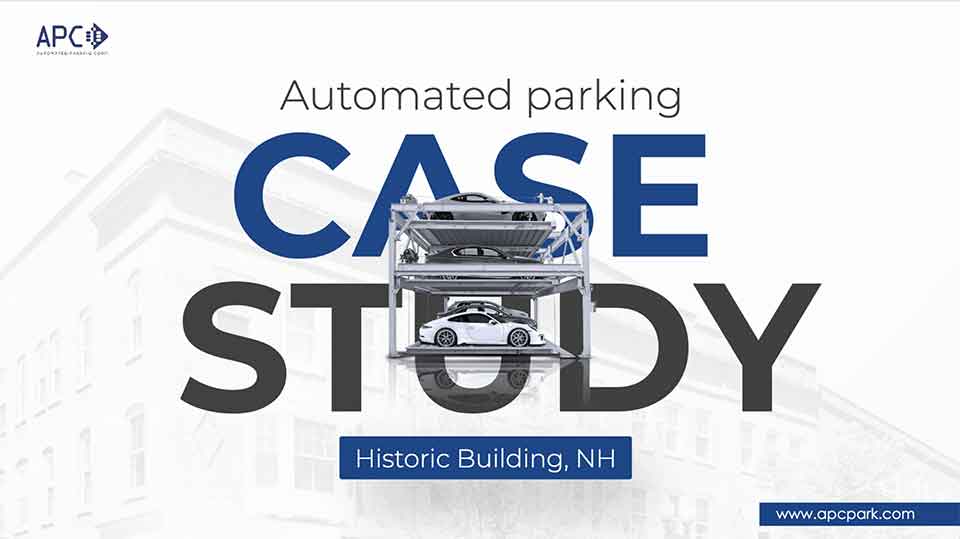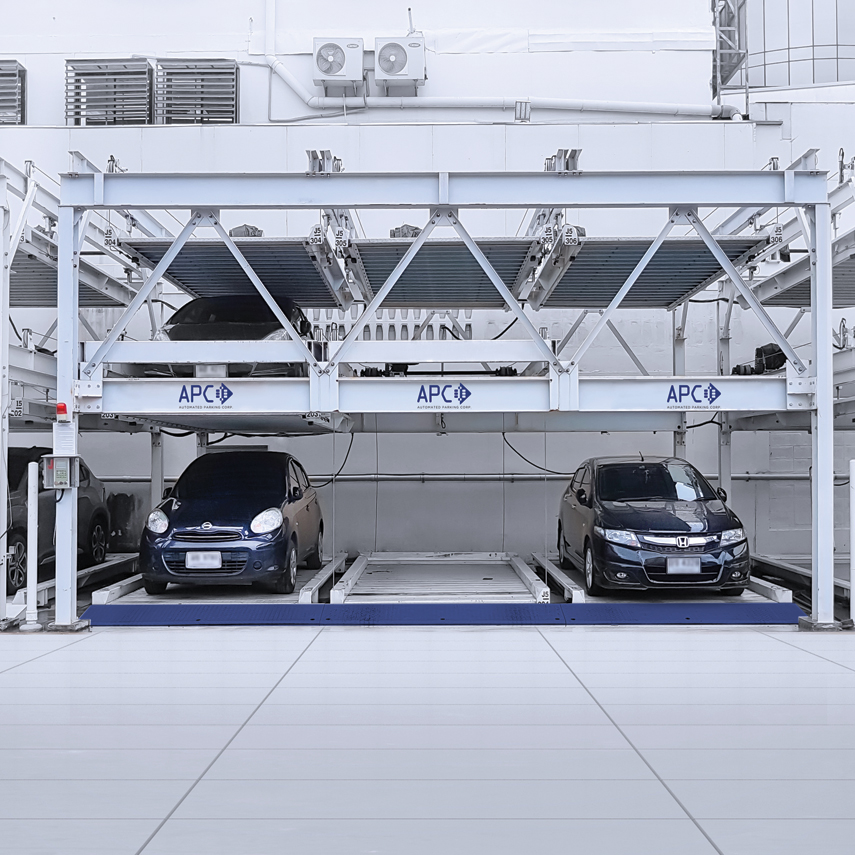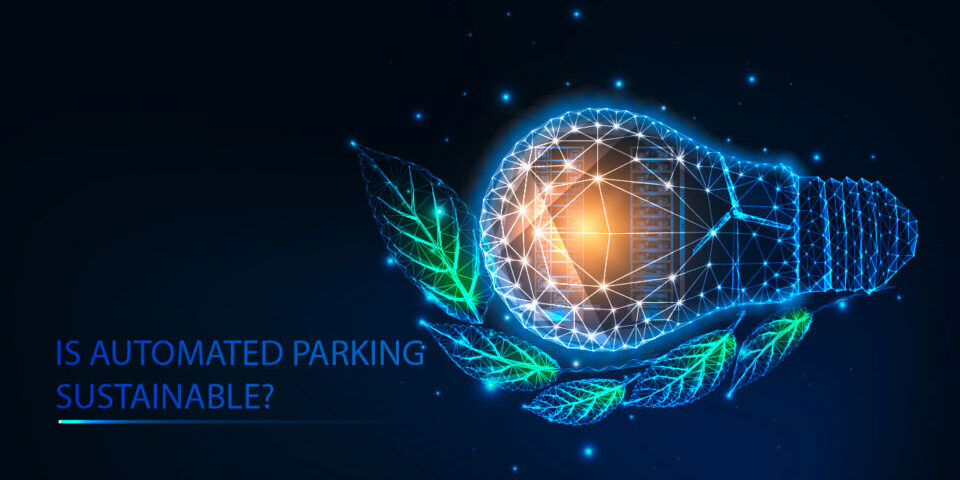
Case Study
February 8, 2023
Three Things To Know Before Considering Automated Parking
February 8, 2023Sustainability goes way beyond the mere use of a buzzword or a trendy concept.
Sustainability is a practice we all shall embrace and use as the compass in our daily lives, jobs, businesses and communities to guarantee that we will be able to maintain our quality of life, the diversity of life on Earth and their ecosystems and our overall environmental health and chances of survival.
Sustainability is a practice we all shall embrace and use as the compass in our daily lives, jobs, businesses and communities to guarantee that we will be able to maintain our quality of life, the diversity of life on Earth and their ecosystems and our overall environmental health and chances of survival.
But, what is sustainability and how does it apply specifically to urban development?
The most often quoted “sustainable development” definition comes from the UN World Commission on Environment and Development: “sustainable development is a development that meets the needs of the present without compromising the ability of future generations to meet their own needs.” Sustainable development then becomes the pathway to sustainability.
According to the above, sustainability focuses on meeting the needs of the present without compromising the ability of future generations to meet their needs. So let’s look at the contributions of Automated Parking Technology under this light to determine if and how Automated Parking fits within the concept of Sustainability.
The most often quoted “sustainable development” definition comes from the UN World Commission on Environment and Development: “sustainable development is a development that meets the needs of the present without compromising the ability of future generations to meet their own needs.” Sustainable development then becomes the pathway to sustainability.
According to the above, sustainability focuses on meeting the needs of the present without compromising the ability of future generations to meet their needs. So let’s look at the contributions of Automated Parking Technology under this light to determine if and how Automated Parking fits within the concept of Sustainability.
Meeting the needs of the present without compromising the ability of future generations:
Some of the most debated topics currently surrounding the parking conversation are:
1) Parking overages, created by mandatory parking requirements, and
2) The actual “need” for more parking based on the future promise of car-less societies running on automated vehicles, ride-sharing services, public transportation and other alternative modes of mobilization.
The times are pressing for cities to reconsider parking requirements and adjust mandatory parking regulations to the true needs and dynamics of specific developments, especially because parking takes up way too much valuable land, creates added costs for consumers (particularly in affordable housing and other developments where most consumers are not even drivers) and create pollution and blight in our cities. However, the truth is, although we seem to be transitioning (or at least trying) to a less car-center society and promoting other alternative modes of transportation, dense urban centers are still very much “car-oriented” with a significant need for parking.
So, how can we bridge that gap between the needs of today and the urban trends of the future? Well, automated parking technology offers a viable and available solution to most parking quagmires.
Automated Parking Systems significantly reduce the footprint of land required to park the same number of vehicles (better land use) and also reduce the cost of building parking; which will also reduce the costs passed on to consumers.
Since Automated Parking Systems are machines, not buildings, they can easily be repurposed for future uses (examples could be storage facilities or vertical gardens); they are also easier to assemble when needed and disassembled, relocated, recycled or sold in the secondary market when no longer needed (as opposed to the time, cost and environmental implications involved in building demolition).
Automated Parking Systems significantly reduce the footprint of land required to park the same number of vehicles (better land use) and also reduce the cost of building parking; which will also reduce the costs passed on to consumers.
Since Automated Parking Systems are machines, not buildings, they can easily be repurposed for future uses (examples could be storage facilities or vertical gardens); they are also easier to assemble when needed and disassembled, relocated, recycled or sold in the secondary market when no longer needed (as opposed to the time, cost and environmental implications involved in building demolition).

In this light, Automated Parking facilities are built to meet the needs of the present and ready to readjust, relocate or recycle in a way that does not compromise the needs of future generations. Yes, sustainable.
Since Automated Parking Systems are already a network of sensors and programmable logic controllers, these systems are already inherently IoT enabled, capable of collecting, sharing, analyzing and reporting real-time data; making them intelligent infrastructures ready to be integrated with the future concept of Smart Cities and Smart Infrastructure.
The capability of processing data in real-time may also contribute to assess the true parking demands of specific areas, tailoring parking supply to said specific demands in order to avoid parking shortages, or what is worse, parking overages. As the demand for parking decreases, cities and developers can make truly informed decisions, adjusting the parking supply to the new times; having more opportunity to redevelop more relevant real estate or green spaces.
Since Automated Parking Systems are already a network of sensors and programmable logic controllers, these systems are already inherently IoT enabled, capable of collecting, sharing, analyzing and reporting real-time data; making them intelligent infrastructures ready to be integrated with the future concept of Smart Cities and Smart Infrastructure.
The capability of processing data in real-time may also contribute to assess the true parking demands of specific areas, tailoring parking supply to said specific demands in order to avoid parking shortages, or what is worse, parking overages. As the demand for parking decreases, cities and developers can make truly informed decisions, adjusting the parking supply to the new times; having more opportunity to redevelop more relevant real estate or green spaces.
This post is part one of a two-part blog series as we analyze sustainability and automated parking. Be sure to read our next blog “Automated Parking and the Three Pillars of Sustainability” for more.


